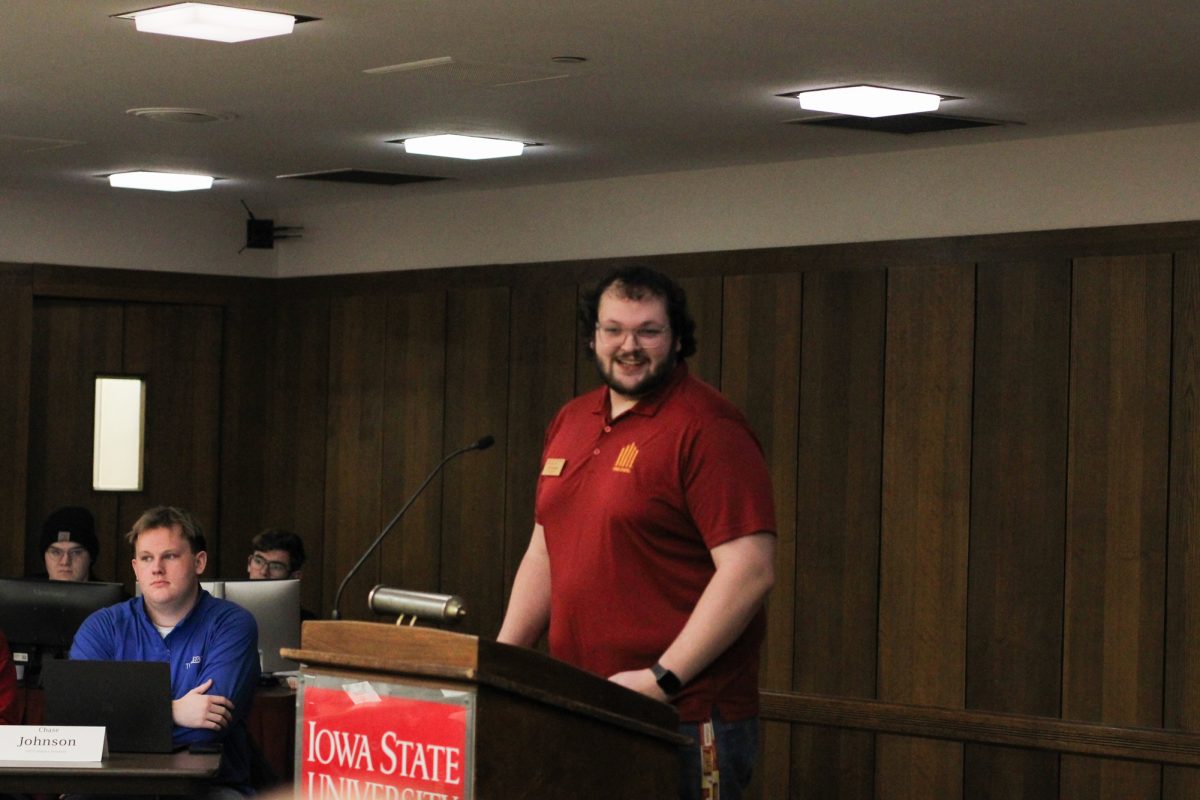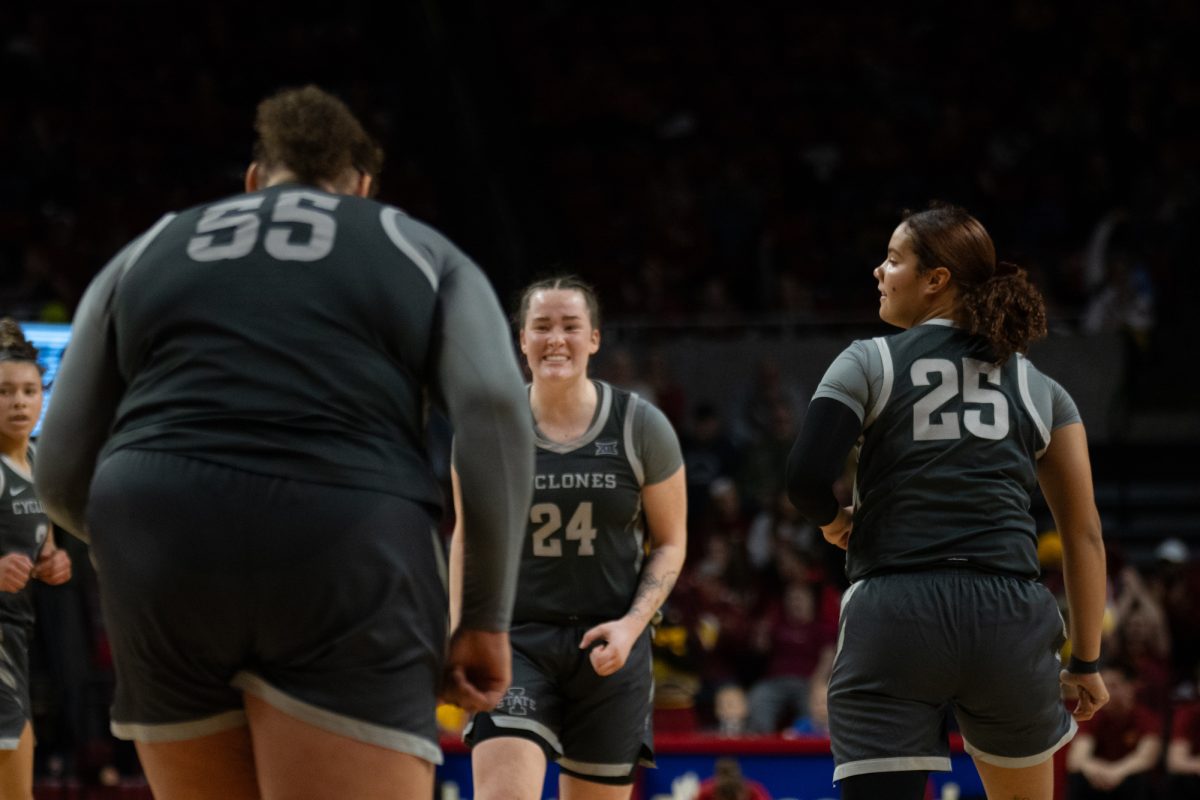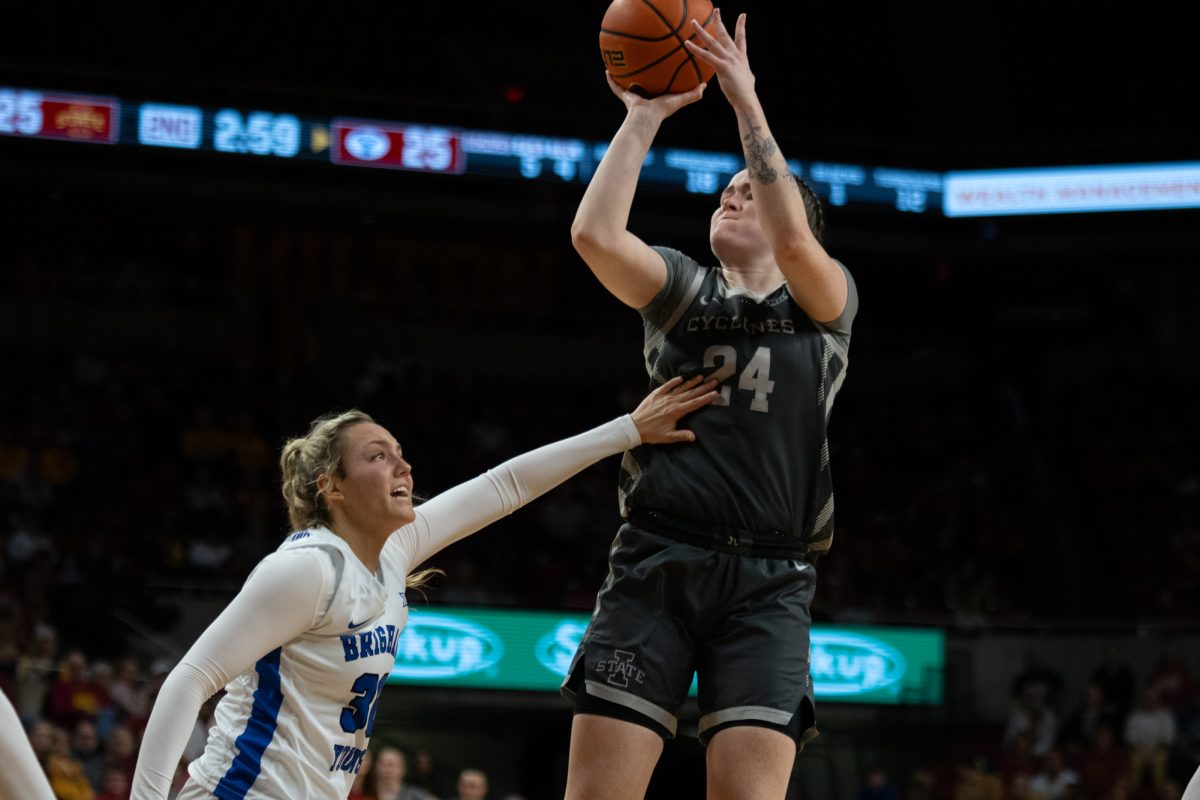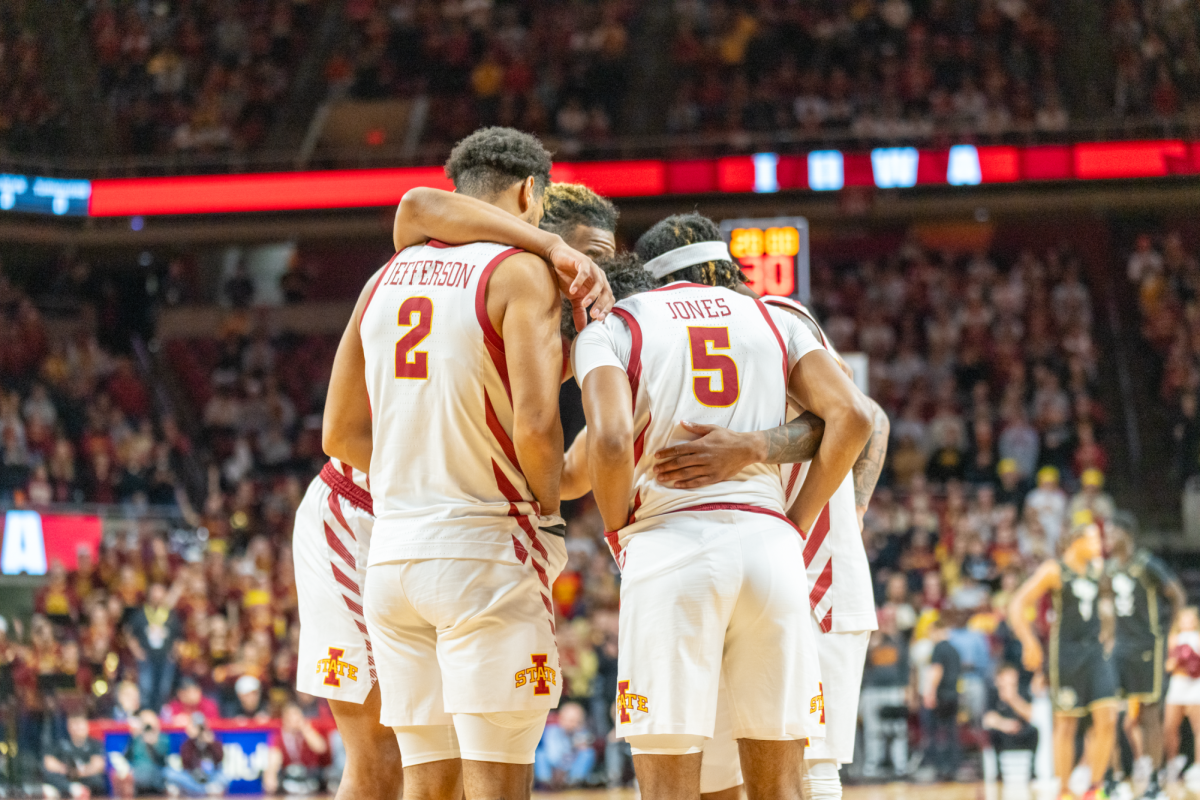Chieftains connect Ireland to the States
March 2, 1998
In the 1840s, a potato blight struck Ireland, destroying the largest source of food and leaving the Irish desolate and hungry. Between 1846 and 1851, 1 million Irish starved to death and 1.6 million emigrated, most of them to America.
It was a long journey for most and, as they left, they knew they would never be home again. For several years, many kept their stories locked away — the pain too great to remember. Not until recently has the music industry felt the Gaelic revival.
The chief driving force of the revival is Ireland’s most renowned traditional group, The Chieftains.
“[Our] music makes the connections between the States and Ireland,” Sean Keane, Chieftains’ fiddle player, said in his thick Irish accent from his home in Dublin. “We’ve been coming to the States since the 70s, and it’s like our second home.”
But with so much “traditional Gaelic” music bombarding the industry, it is becoming more difficult to distinguish between traditional and modern music.
“I’m possibly the worst person in the world to describe it [the sound],” Keane said. “We are all traditional players and play the traditional music we were brought up with but we put our own interpretation on it. The music we play is traditional music as we see it. It is our portrayal of traditional Irish music.
“Our influences are local,” he continued. “Up until 30 or 40 years ago it was more difficult to hear the different types of music, but now there’s better communication, although it’s still not easy to find a style. Other influences are parents and family, because they all come from different parts of the country and bring different styles with them.”
The Chieftains — Paddy Moloney, Matt Molloy, Derek Bell, Kevin Conneff, Martin Fay and Keane — have had a highly celebrated career since its inception in 1962.
The group has released 31 albums, has won three Grammy awards, including Best Contemporary Folk Album (’93) and Best Traditional Folk Album (’93 and ’94) in two years and has been officially named Ireland’s Musical Ambassadors, the highest honor ever given to a musical group by the government.
Currently on the fourth leg of a tour, The Chieftains are promoting “Long Journey Home,” a soundtrack based on the six-hour PBS special, “The Irish in America: Long Journey Home.”
The TV special and the soundtrack follow the Irish from the Great Famine to America and tell of the heartbreaks and hardships they encountered during the famine, their loyalty to their country and their experiences in a new land.
Although Chieftains’ Moloney headed the project, the group had help from other Irish talent, including Van Morrison, Sinead O’Connor, Mary Black, Elvis Costello and Vince Gill.
Works on the soundtrack include Morrison’s “Shenandoah,” O’Connor’s haunting rendition of “Skibbereen” (a father telling his son why they had to leave their native land) and “White Potatoes,” a song written by a tenant farmer during the blight.
“The music seems sad to some people, but what do you expect?” Keane asked, referring to the melancholy tone of the soundtrack. “Ireland hasn’t always had the happiest times in history. But, we do like to play joyful music and dance tunes. We like to send the message of joy, the love of life and the good times. As they say down in Louisiana, ‘Let the good times roll.'”
The Chieftains will be at Stephens Auditorium tonight at 7:30. The performance will include Irish dancers and an appearance by the Ames High School Concert Chorale.
Tickets are $10, $12, $14 for Iowa State students and $20, $24, $28 general admission and are available at the Iowa State Center Ticket Office and all TicketMaster outlets.






